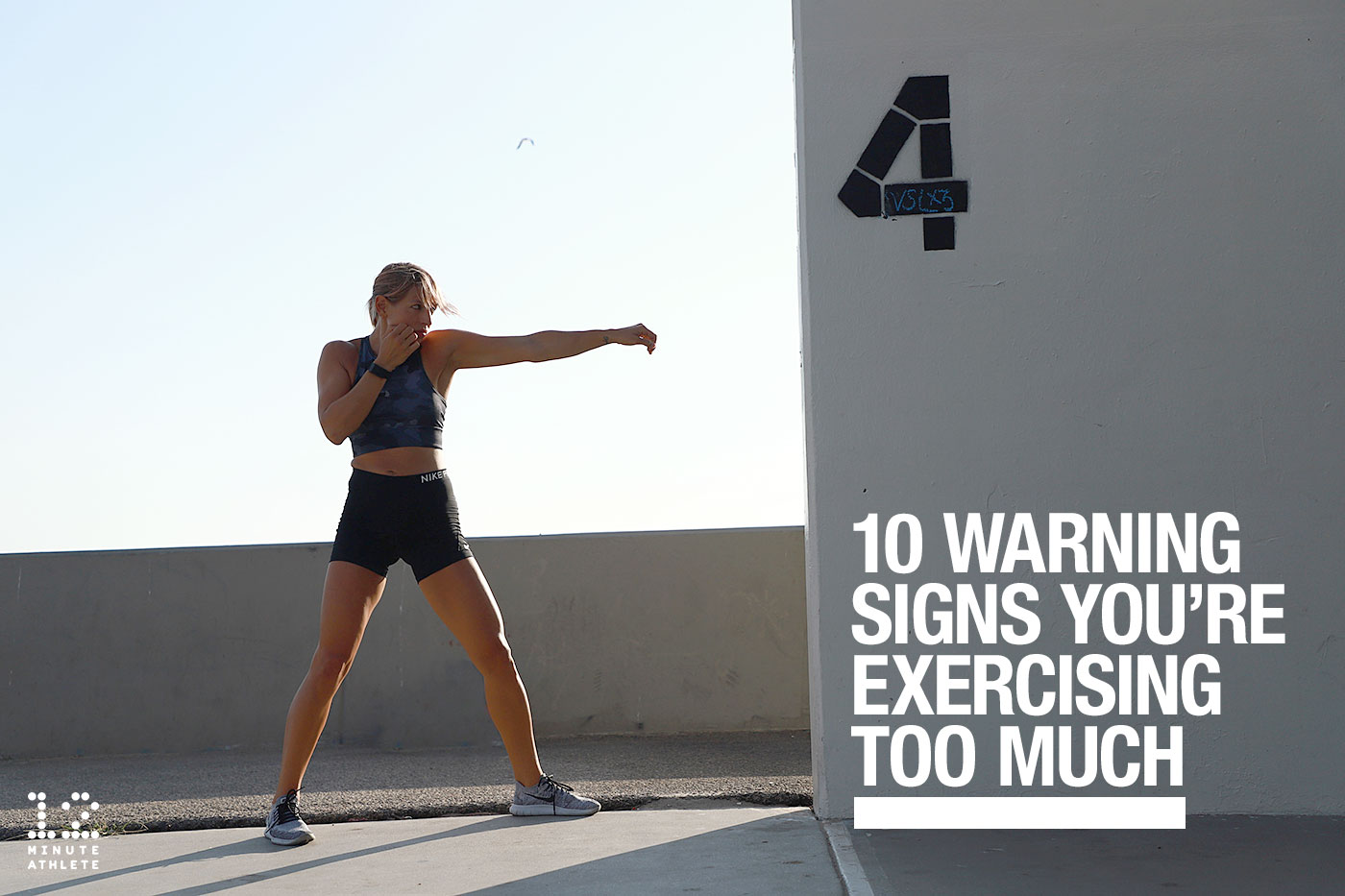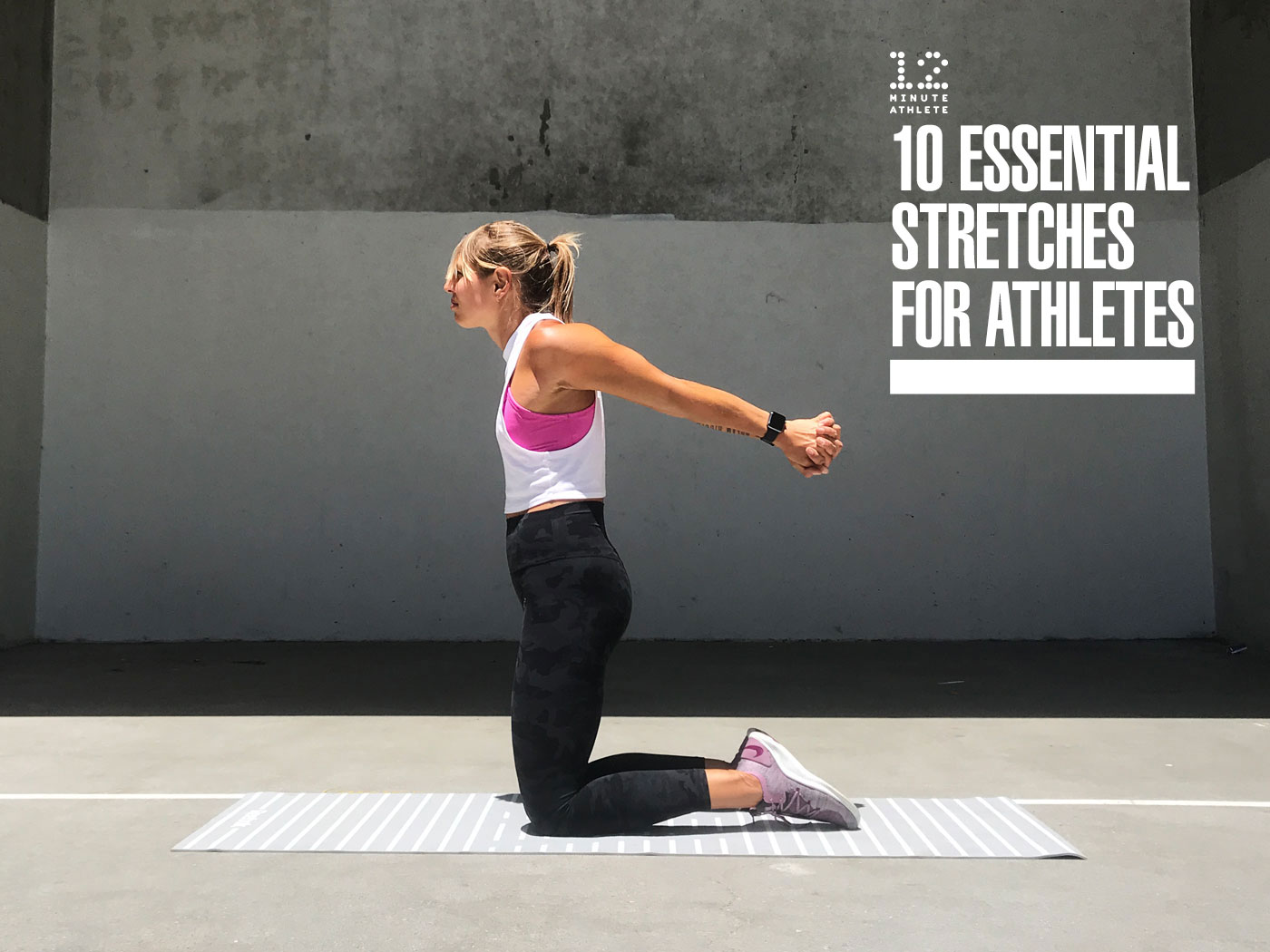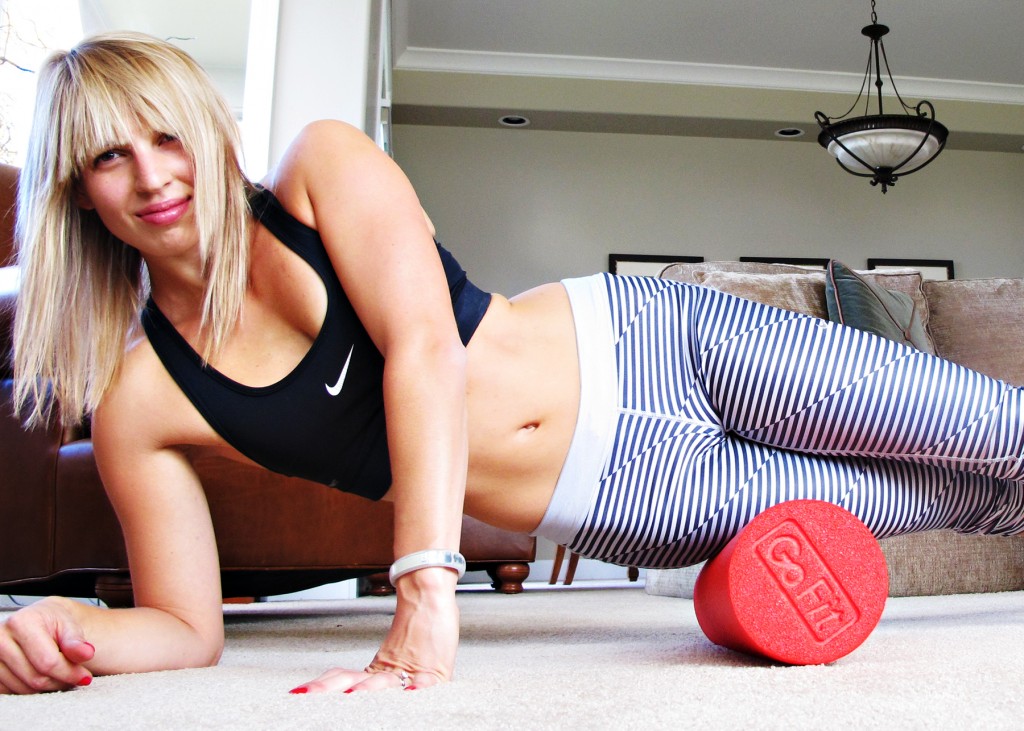
Jump roping, box jumps, burpees, sprints… they can all lead to shin splints, a painful and incredibly annoying injury experienced by almost every single active person ever.
And while it’s often hard to pinpoint the direct cause, shin splints can be the result of a number of factors, including muscular imbalance, inflexibility, muscular overload and even biomechanical irregularities. And they’re one of those injuries that once you get them, they never seem to fully go away.
When I first started working out again after high school sports, I was constantly plagued by shin splints. They were frustrating, annoying, and painful, and prevented me from working out countless times.
And when I started getting into jump roping and HIIT workouts a few years later, they got even worse. My shins and calves hurt so badly it was often hard to walk. I remember several times when I took weeks at a time off of any jumping or running at all—and they still wouldn’t get any better.
And despite how common they are, shin splints tend to be one of those injuries that no one quite knows how to get rid of. Even the personal trainers I used to ask (before I became certified myself) would throw their hands up in the air and recommend little more than rest when I’d complain about shin splints.


